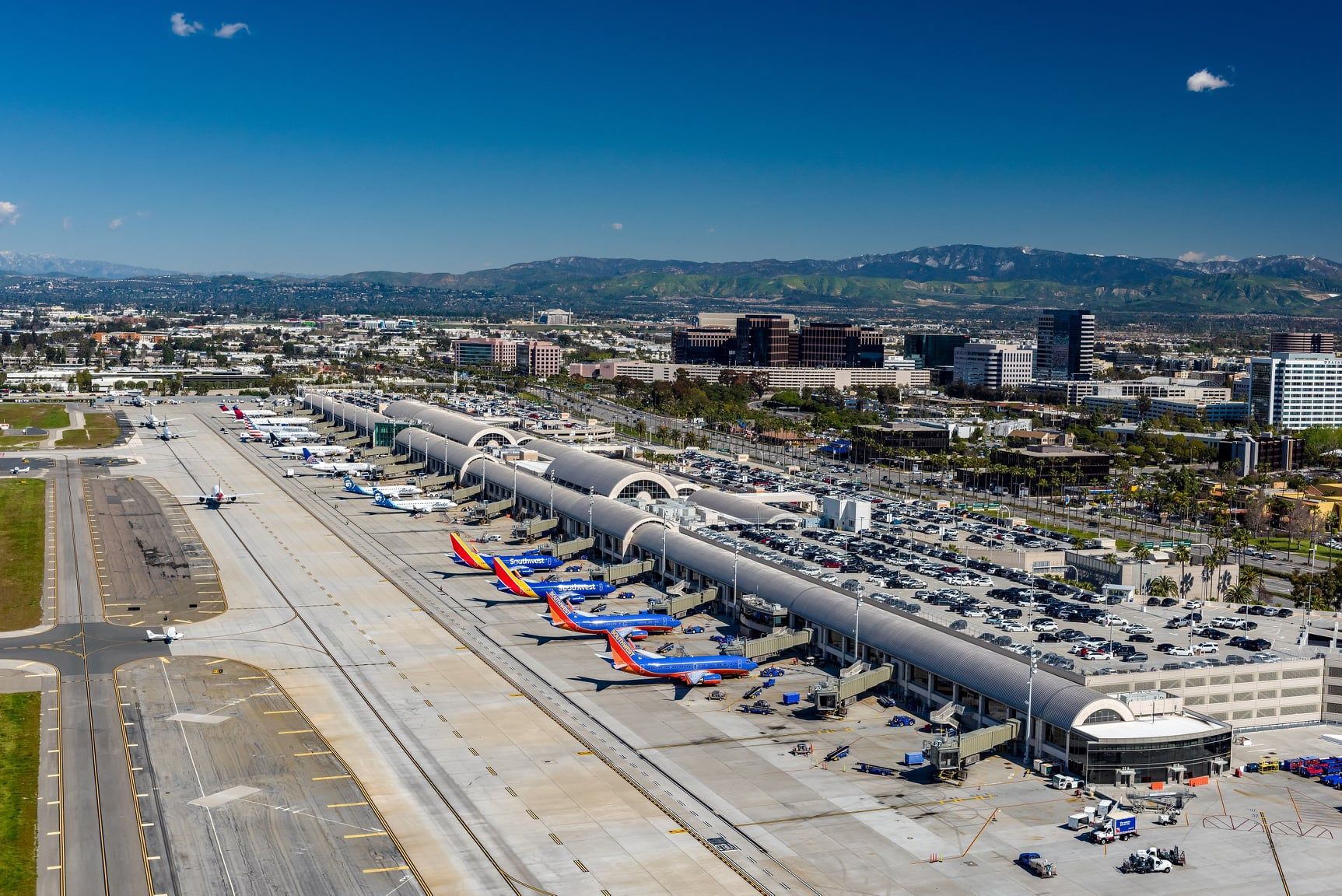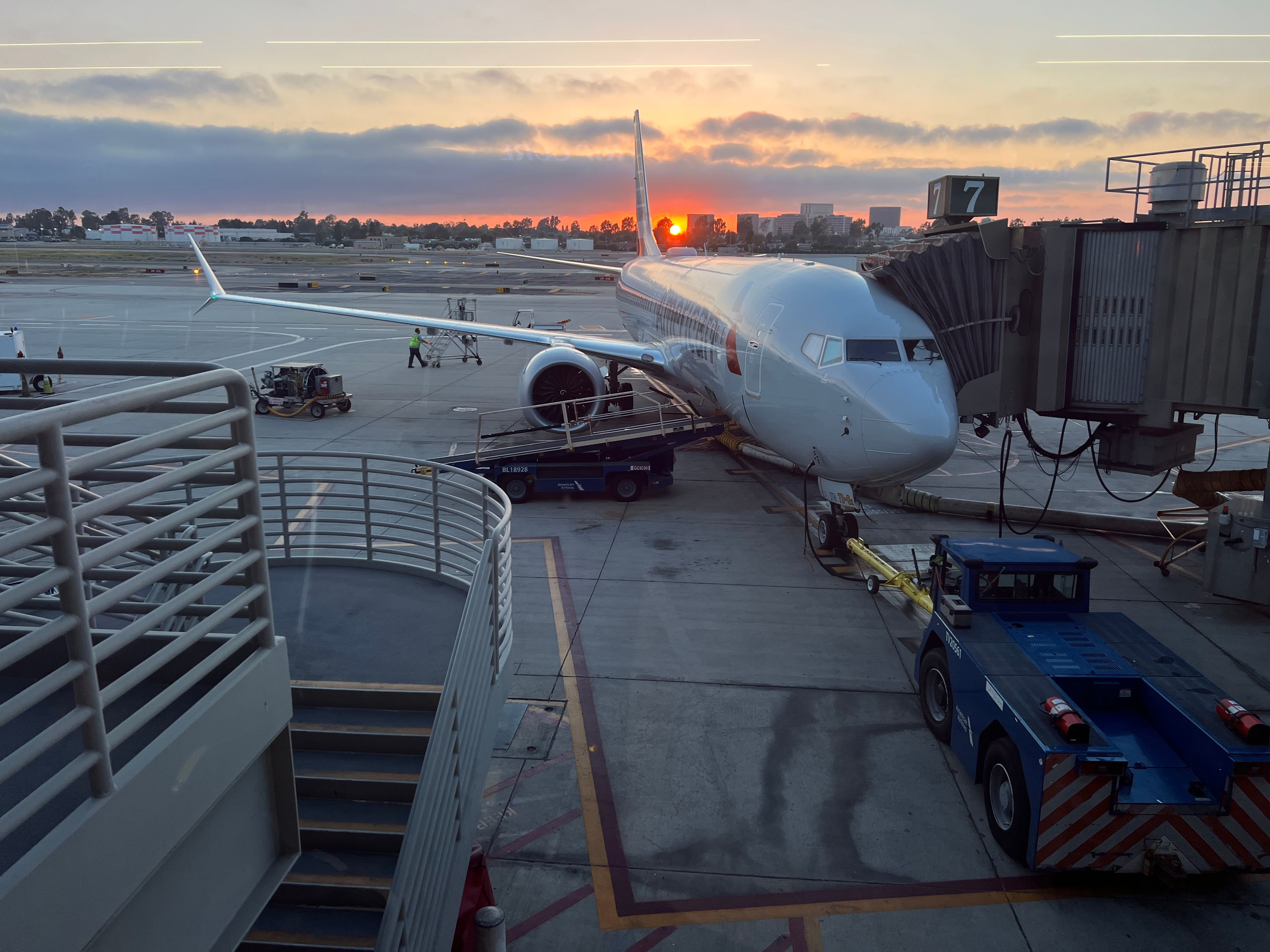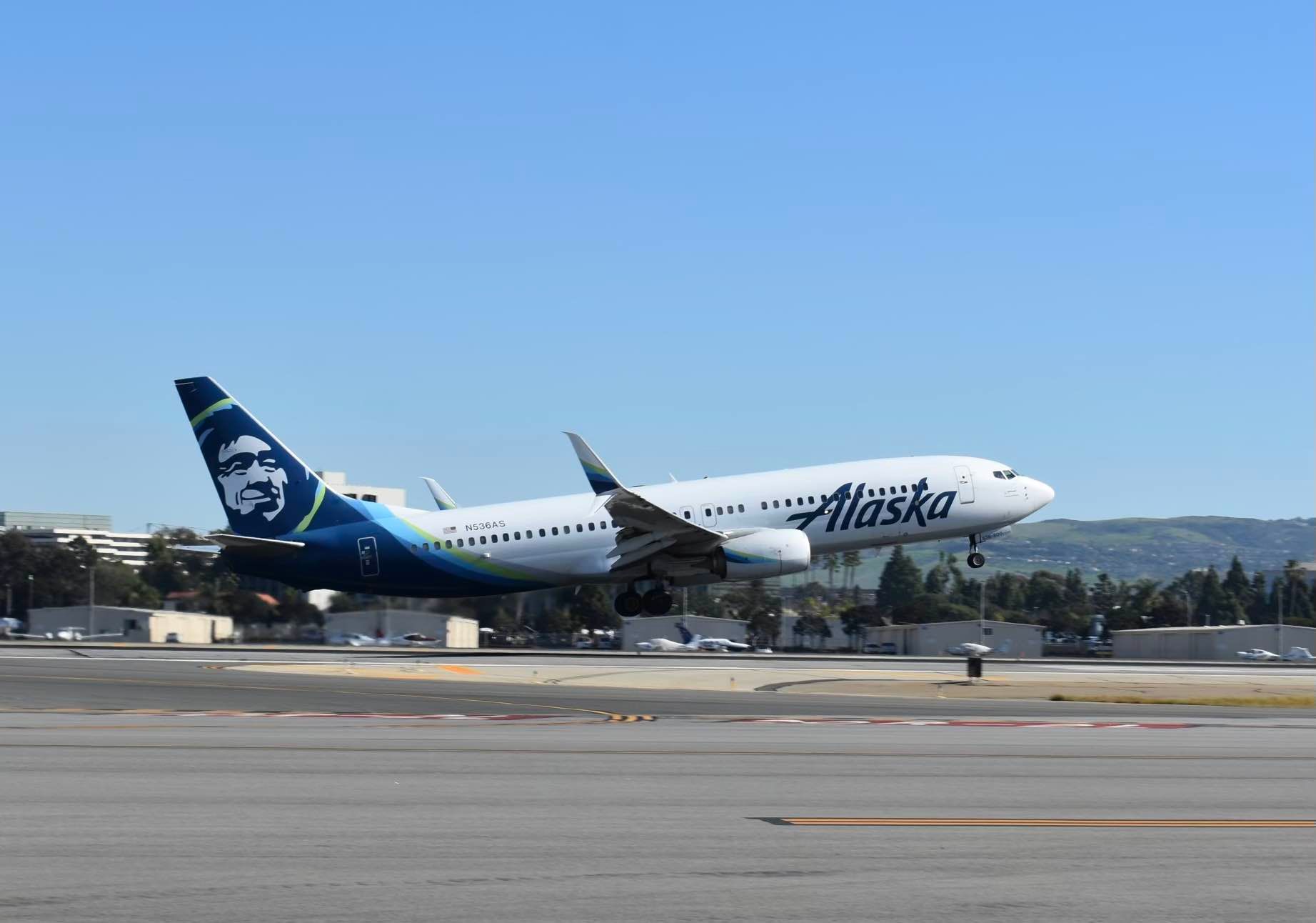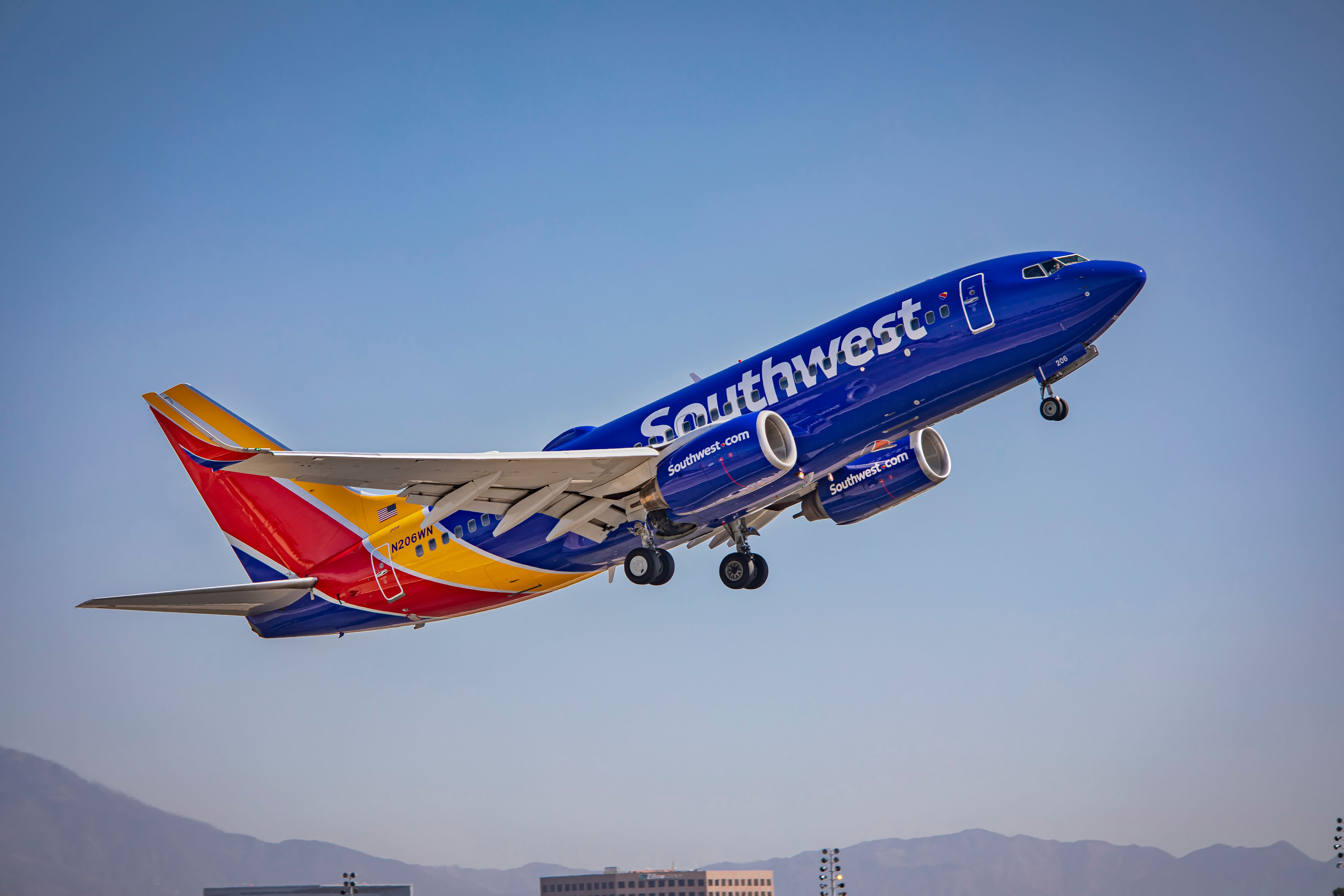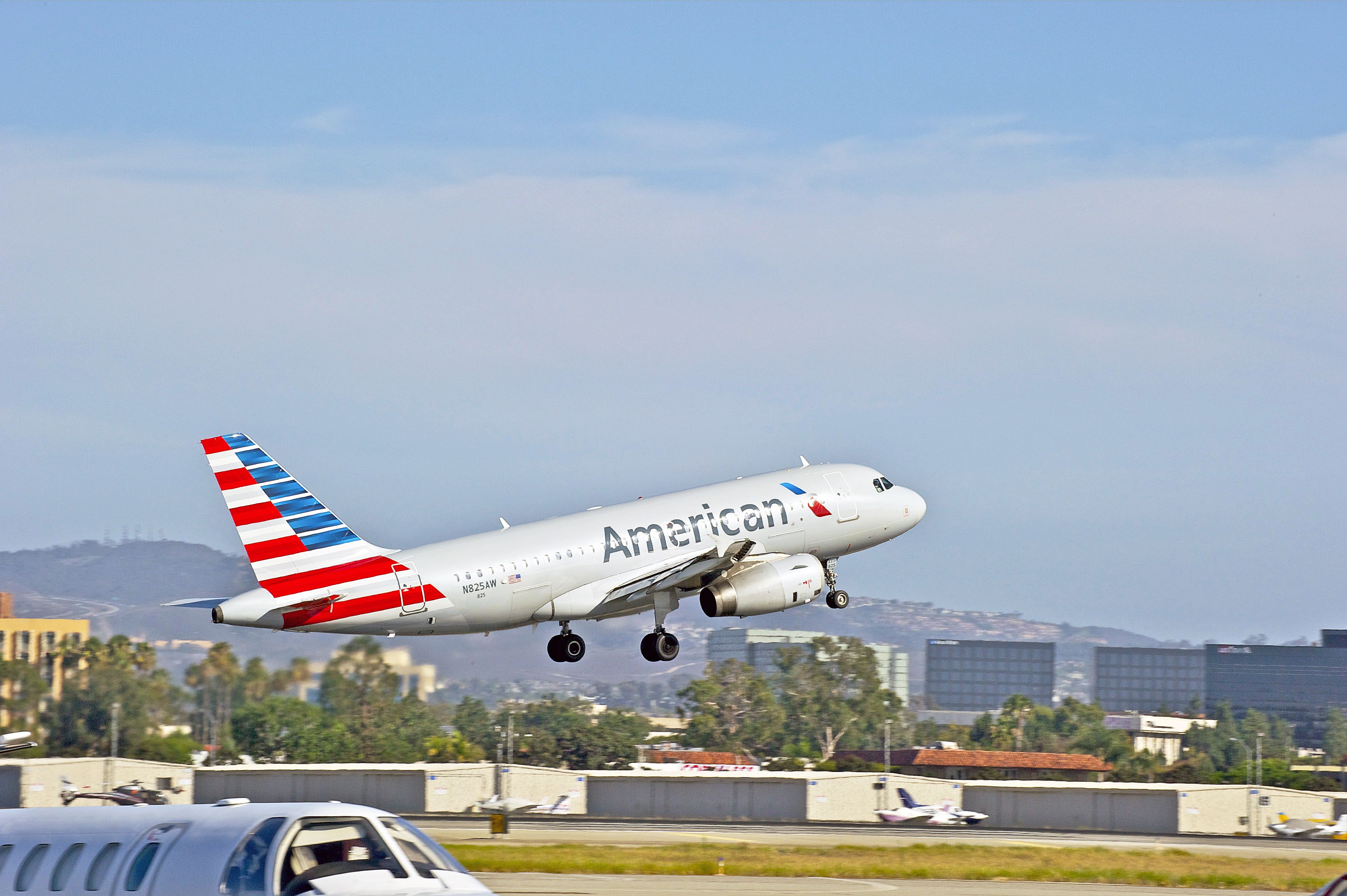Summary
- John Wayne Airport (SNA) offers a unique takeoff experience with short runways and strict noise regulations.
- Departures typically involve fast full-throttle takeoffs, steep climbs, and left turns to ensure noise abatement compliance.
- Despite a short runway, SNA sees a diverse range of aircraft, including widebodies.
Many travelers likely remember their first flight out of John Wayne Airport (SNA) in Southern California. Situated in Orange County, the airport primarily serves cities southeast of the greater Los Angeles region and can be a satisfactory alternative to the always-busy Los Angeles International Airport (LAX). Although SNA may be a much easier airport to fly into and out of, some pilots may say otherwise. Unlike other airports, which are surrounded by more space and have longer runways, SNA has a unique layout.
The airport has two runways, but only one is used for commercial operations. Runway 20L is only 2,886 feet and is used for general aviation operations, while Runway 20R is just over a mile long at 5,700 feet. As the SNA’s largest runway, it handles most of the airport’s flights and its largest aircraft. However, it is relatively shorter compared to most other airport runways, which exceed 10,000 feet. Due to SNA being landlocked by busy freeways situated north and south of the airport, it is unable to extend its runway to accommodate bigger airplanes.
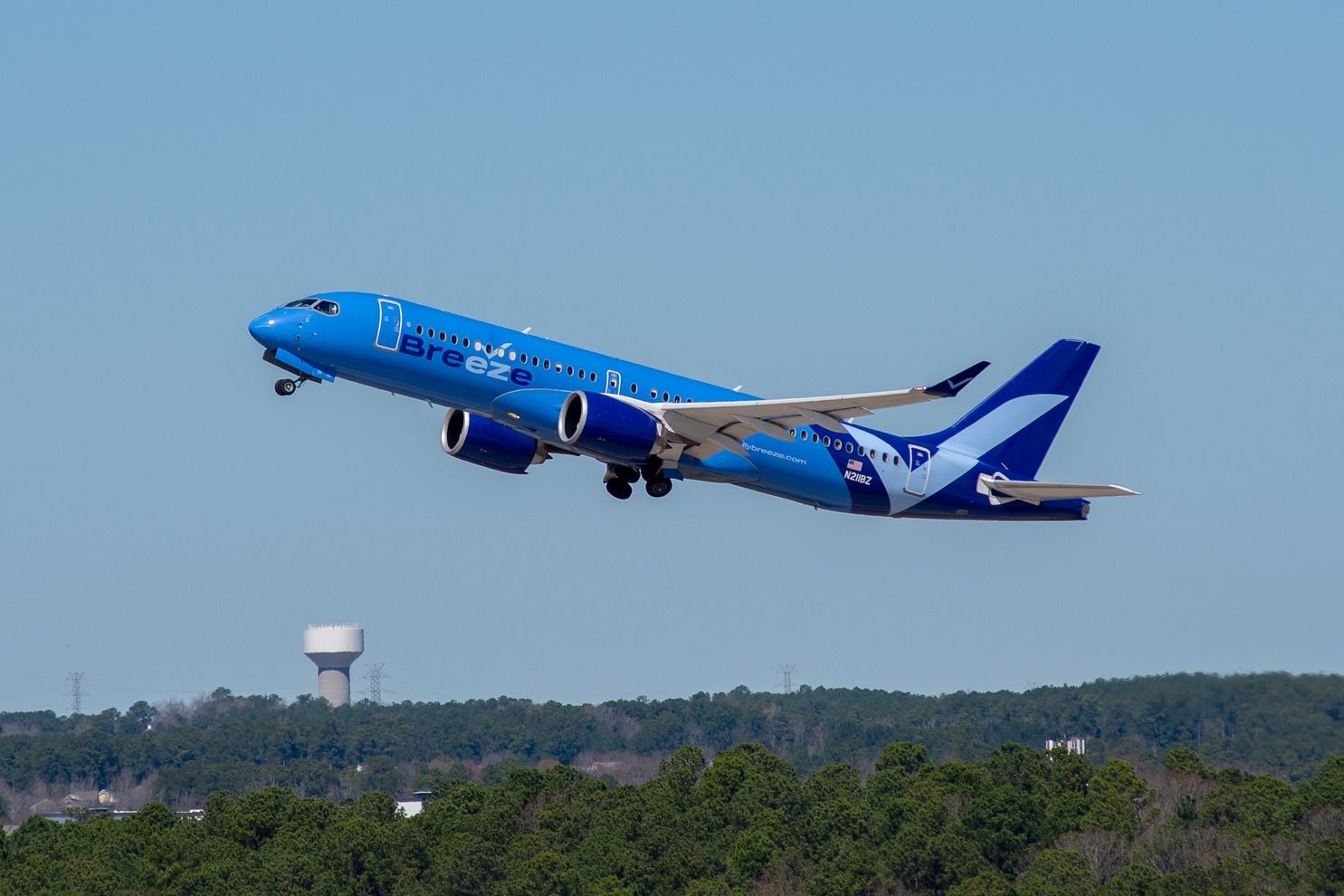
Read More
“Disney to Disney”: Breeze Airways Brings Back Nonstop Flights Between Orlando & Orange County
The route provides a more convenient option for those visiting the original Magic Kingdom.
SNA is owned and operated by the County of Orange, and neighbors Newport Beach and many residential areas. Because of this, the airport has strict rules in place to mitigate noise pollution.
“John Wayne Airport (SNA) is one of the most noise sensitive airports in the United States. The Airport is located in the center of Orange County, California, surrounded by several residential communities. To mitigate potential noise impacts from aircraft operations, the Airport maintains some of the most stringent noise rules in the United States.”
Photo: John Wayne Airport
According to the Orange County Register, there is no official takeoff procedure at SNA. Instead, it is up to the airlines to meet its noise requirements as the departure path almost always passes over the homes in Newport Beach. To regulate compliance, there are noise monitoring stations around the airport. Additionally, the airport has a curfew. While there may not be a specific takeoff procedure, most airlines typically perform similar departures with the following five elements that have given SNA the name of the “scariest airports” in the US.
1
Full throttle
Pilots cycle aircraft to full power
Due to Runways 20R’s short length, most commercial aircraft will spool engines up to full power for takeoff. It is believed the throttle is deployed between 95 and 100%, propelling the aircraft with immense force. This is something that could surprise some passengers, given that planes do not normally take off with full power at most airports. On the exterior, aircraft may sound louder as well during takeoff and landing. When a plane arrives, reverse thrust is deployed quickly to help it reduce its speed.
Both aspects of flight are exactly why SNA has a curfew, which is the following:
- Departures: 22:00-07:00 on Mondays through Saturdays and 22:00-08:00 on Sundays
- Arrivals: 23:00-07:00 on Mondays through Saturdays and 23:00-08:00 on Sundays
2
Fast roll
Brakes held until the last second
Once the engines are fully spooled up, the pilots will release the brakes. This is when passengers may have the feeling of being pushed back into their seats. The momentum from all the power being held by the brakes allows the aircraft to quickly gain speed down the runway. Not long after, the plane reaches its rotation speed and is seamlessly lifted into the air.
Photo: Channing Reid | Simple Flying
While passengers can feel the force on aircraft with engines mounted on their wings, it can especially be felt on planes with engines mounted near their tails, such as:
- McDonnell Douglas MD-80/82/83
- Bombardier CRJ-700
MD-83s were frequent as SNA, operated by the now-defunct AirCal. However, it has been years since the aircraft type has visited the airport, as it is mainly obsolete. United Airlines’ regional brand, United Express, currently flies CRJ-700s operated by SkyWest Airlines from San Francisco, but also deploys Embraer E175s on the route.
3
Steep climb
Nose pitch between 20 and 25 degrees
Upon becoming airborne, some passengers who have never flown out of SNA before may realize the aircraft is pitched higher than usual. Pilots typically take off at an angle of between 20 and 25 degrees during takeoff from Runway 20R.
Photo: John Wayne Airport
According to the Orange County Register, it is about twice as steep as the departure from other airports – which is a nose pitch of about 10-15 degrees. While the practice may make the departure feel like a rollercoaster, it achieves the following:
- Allows planes to get into the air faster and higher
- Further distance from the airport noise sensors
4
Sinking sensation
Reduction of engine power
Soon after being rocketed into the air, the scariest portion of the takeoff occurs. Once the aircraft reaches above 1,000 feet, engine power is drastically reduced by up to 15%. At the same time, the aircraft will still be climbing, but the pilots will reduce the nose pitch.
Photo: F Armstrong Photography | Shutterstock
The sound of the engines alone may be alarming for some:
- Less engine power may prompt passengers to think that something wrong has occurred
- They may also feel the sensation of sinking into their seats
- This is due to less force from the engines and the aircraft’s pitch leveling off relatively from its steep climb
5
Left turn
Heading of between 170 and 180 degrees
The last portion of the takeoff experience typically involves a left turn. This, again, may be surprising to some passengers, especially if their destination is west or north of SNA. Pilots will fly at a heading of around 175 degrees, which situates aircraft slightly west of the most populated areas of Newport Beach and the residents along Balboa Peninsula.
Photo: Philip Pilosian | Shutterstock
Once past this area, pilots then assume normal aspects of flight:
- When aircraft are flying above the ocean, pilots will increase engine power
- Flaps are retracted, which may result in another sinking feeling
- Aircraft pitch increases slightly before engine power subsequently increases again above 10,000 feet
Although the typical traveler may find the takeoff experience from SNA to be startling, or never pay attention to the difference, some aviation geeks may be fascinated by it. Additionally, pilots may brief the passengers that the departure may be different from normal.
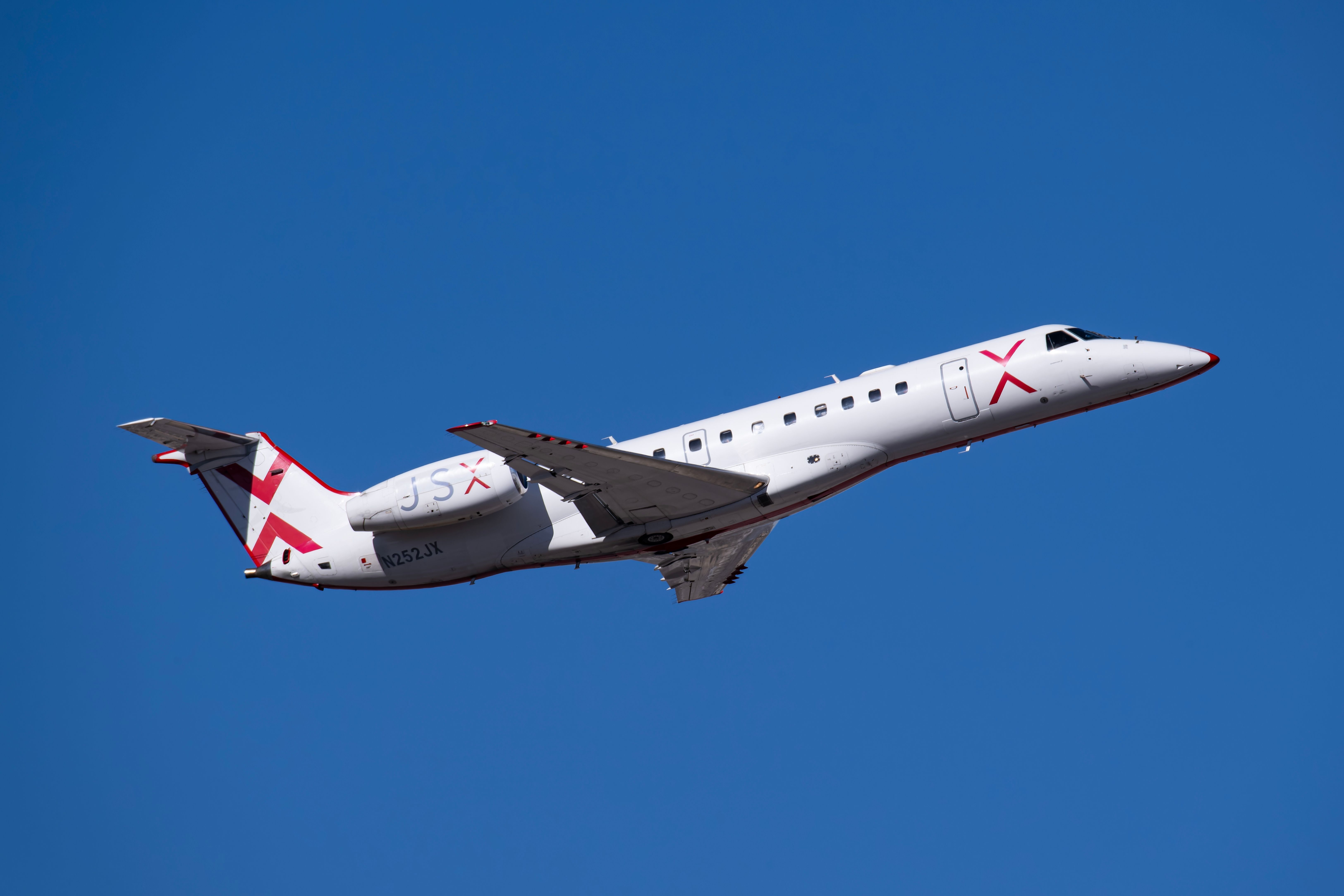
Read More
JSX To Launch New Seasonal Nonstop Service From Scottsdale To Orange County & Carlsbad
The service is set to commence in the middle of May.
Despite SNA’s short runway, the airport sees a variety of aircraft daily, including widebodies. Among the larger aircraft, Delta Air Lines operates Boeing 757-200s to Atlanta, and UPS flies 757-200Fs. FedEx Express currently operates the largest aircraft at SNA, which is the Airbus A330-600F.


